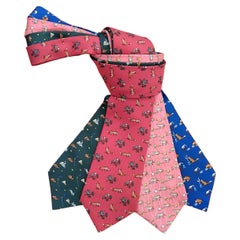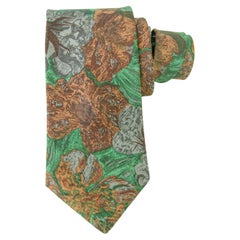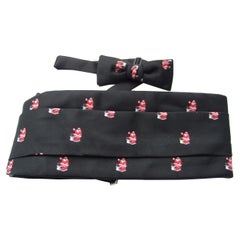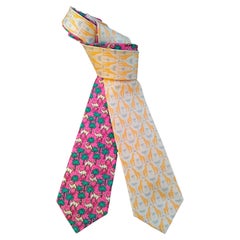Ties
Late 20th Century French Ties
20th Century French Ties
Late 20th Century Italian Ties
Late 20th Century English Ties
Late 20th Century Unknown Ties
Late 20th Century French Ties
21st Century and Contemporary French Ties
21st Century and Contemporary French Ties
Late 20th Century French Ties
1990s French Ties
1990s English Ties
21st Century and Contemporary French Ties
Late 20th Century Italian Ties
21st Century and Contemporary French Ties
1970s French Ties
1990s American Ties
20th Century Italian Ties
Late 20th Century English Ties
Late 20th Century French Ties
Late 20th Century French Ties
21st Century and Contemporary French Ties
Early 2000s French Ties
20th Century Italian Ties
2010s French Ties
Late 20th Century American Ties
21st Century and Contemporary Italian Ties
21st Century and Contemporary French Ties
Late 20th Century Italian Ties
21st Century and Contemporary French Ties
Mid-20th Century Italian Ties
21st Century and Contemporary French Ties
20th Century Italian Ties
Early 2000s Belgian Ties
21st Century and Contemporary French Ties
20th Century American Ties
Mid-20th Century French Ties
1990s French Ties
Mid-20th Century French Ties
Mid-20th Century Italian Ties
1990s French Ties
1990s French Ties
Late 20th Century French Ties
1990s Italian Ties
Mid-20th Century Ties
Mid-20th Century Italian Ties
1990s French Ties
2010s European Ties
1970s French Ties
2010s French Ties
21st Century and Contemporary Ties
Late 20th Century English Ties
21st Century and Contemporary French Ties
1930s American Ties
2010s Ties
21st Century and Contemporary French Ties
Late 20th Century Italian Ties
Vintage and Designer Ties
While vintage and designer ties have evolved over the years, they are still a must-have style accessory for any wardrobe. Today, ties can be found in a range of fabrics, colors, shapes and sizes.
Ties have been a part of fashion for centuries. The popularity of neckties emerged in the 17th century in Paris, inspired by the ties Croatian mercenaries wore to keep their jackets closed. King Louis XIV started wearing a lace cravat and a fashion craze was born.
The rise of casual wear in the early 20th century saw changes in the design of ties. The Roaring Twenties and its Art Deco movement were landmarks in American men’s fashion. In 1924, tailor Jesse Langsdorf innovated a design with 45-degree angles and a three-piece construction, resulting in the modern necktie.
During the 1950s, the tie was an essential component of a tailored suit. The 1960s and ’70s were decades for breaking all the fashion rules. Ties were no exception, with styles becoming wider and brightly colored.
Today, while the necktie endures as a staple of menswear, this accessory isn’t bound by outdated gender conventions. Designers and luxury houses such as Christian Dior, Giorgio Armani, Hermès and Luciano Barbera have all made their mark with patterned silk neckties that appeal to everyone.
A vintage silk tie is an evergreen accessory, while an understated black tie is always going to come in and out of your wardrobe. Browse 1stDibs for a large selection of vintage and designer ties.





